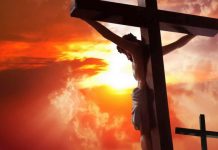If Graham Russell’s grandfather had not served in the Middle East during World War I, we probably would not have a presentation from Graham last Sunday on a “Tour of Jerusalem” as it existed between two and three thousand years ago. Graham has visited Jerusalem twice. Although most of his work experience has been in Civil Engineering, he has also taught science, technology and English in Britain and overseas.
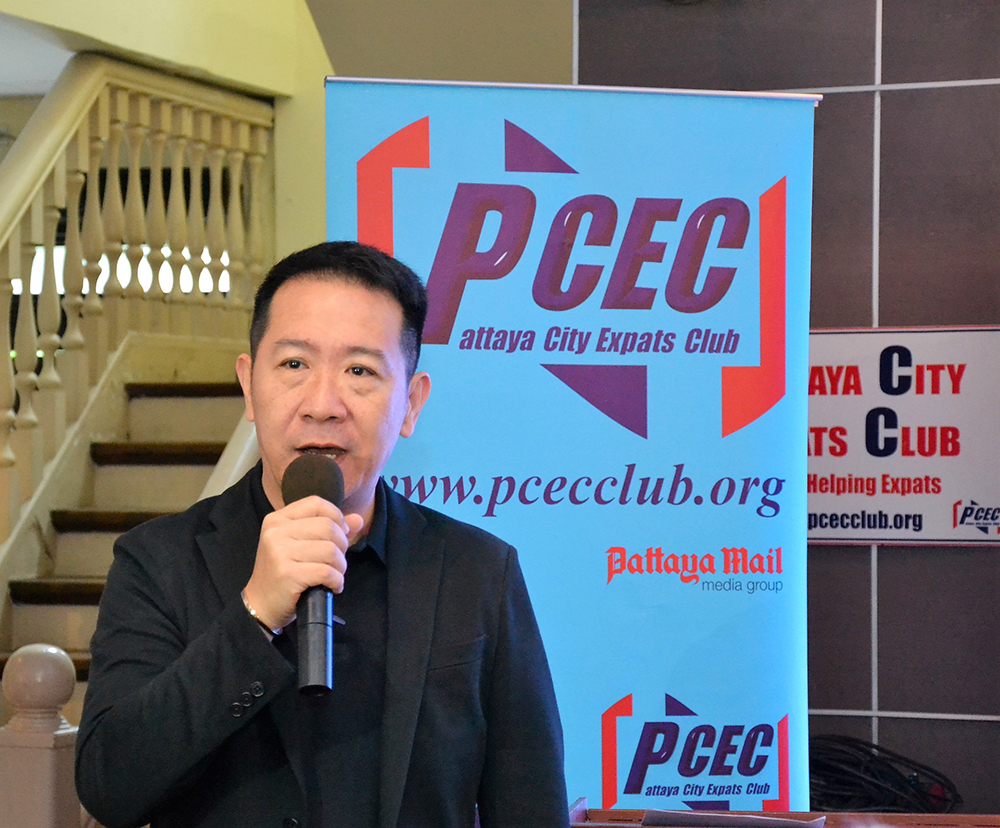
Graham mentioned that he became interested in the Middle East because of his grandfather’s experience. His grandfather was a rail transport officer during the British Mandate in Palestine and was the station master on the Jaffa-Jerusalem line. (Graham’s father was also stationed in the Middle East during World War II.)
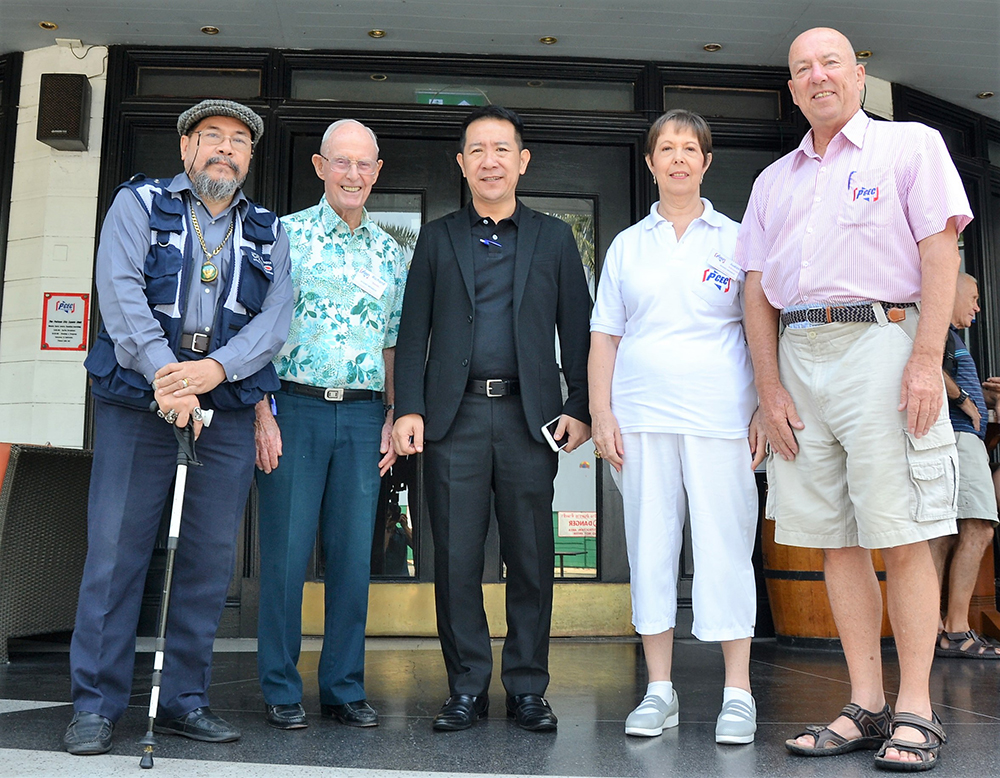
(Wikipedia notes that Palestine was a geopolitical entity under British administration, carved out of Ottoman Southern Syria after World War I. British civil administration in Palestine operated from 1920 until 1948. Wikipedia also notes that during its long history, Jerusalem has been destroyed two times, besieged 23 times, attacked 52 times, and captured and recaptured 44 times. The oldest part of the city was settled in the 4th millennium B.C., making Jerusalem one of the oldest cities in the world. Sacred Destinations website notes it is a mountainous walled city with a 5,000-year history, Jerusalem is sacred to the three great monotheistic religions of Judaism, Christianity and Islam – which means it is sacred to more than a third of the world’s population. For Jews, Jerusalem is the site of the Temple, now in ruins except for the Western Wall; for Christians, it is the site of Christ’s death and resurrection; for Muslims, it is the site of the Prophet’s night journey to heaven. Jerusalem is therefore a major site of pilgrimage for all three religions.)
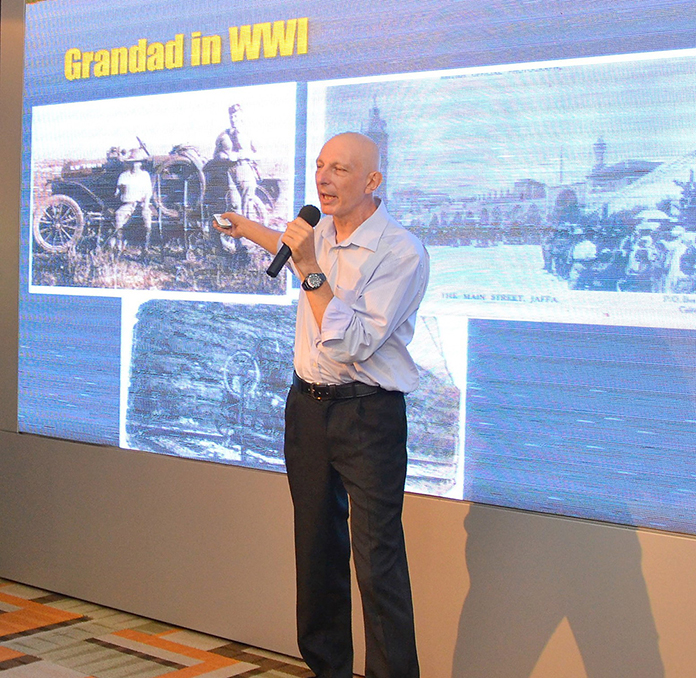
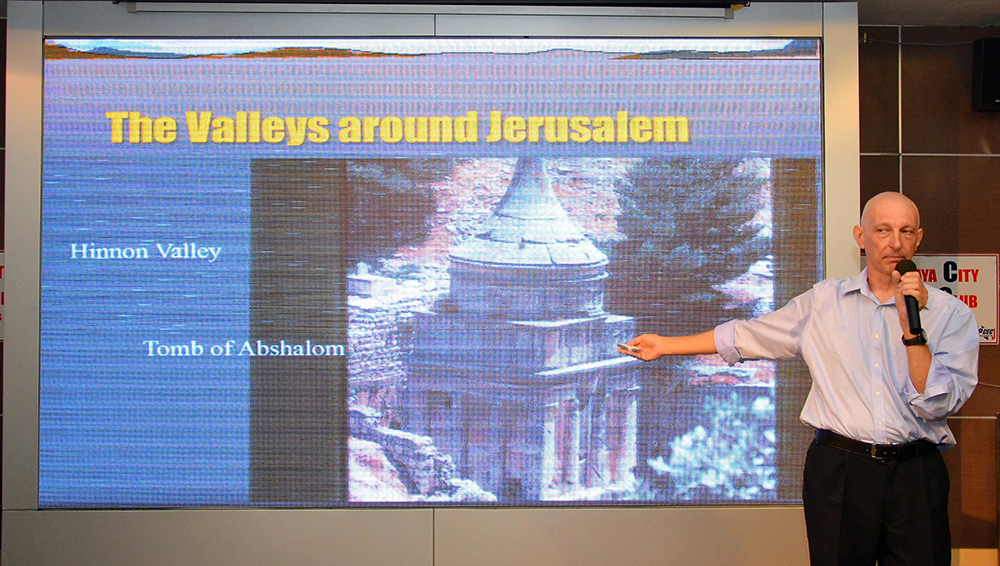
Graham described the valleys and hills around Jerusalem. He displayed a map showing the valleys of Hinnon Valley, west and south of the city, where rubbish was burned and the tomb of Absalom is located; Kidron Valley, east of the city, where Gethsemane was located; and Tyropoean Valley, in the midst of the city.
Among the hills around Jerusalem mentioned by Graham were Mount Zion, and the Mount of Olives, outside the city, about a half mile to the east. Both hills figure prominently in biblical history. The tour continued with Graham showing the various walls that surround the city, as well some of the gates in the walls, including the Jaffa Gate, the Dung Gate, the Lion Gate and the Zion Gate. Graham described the various sections of Jerusalem, including the Lower City, the Upper City, the Second Quarter, the City of David, the Temple Mount and the New City.
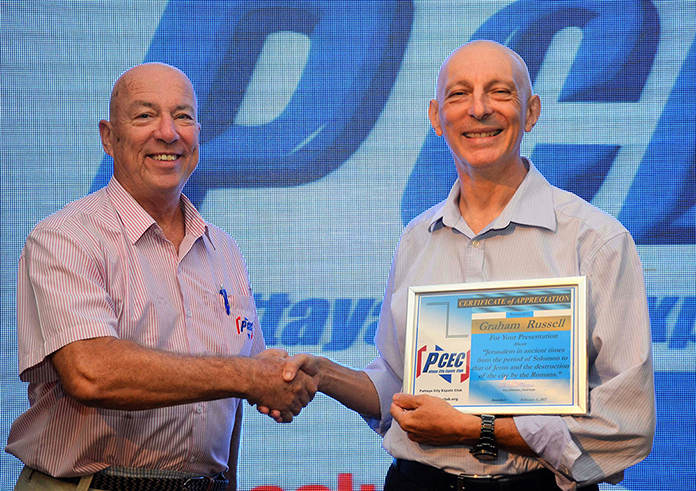
Graham described what some of major buildings were in the Jerusalem of two or three thousand years ago, including Herod’s Temple that was involved a massive expansion of the Temple Mount. Herod loved construction projects, Graham said. Herod’s Temple was destroyed by the Romans in 70 A.D.
After the presentations, MC Roy Albiston brought everyone up to date on Club activities and was followed by the Open Forum, where questions are asked and answered or comments made about Expat living in Pattaya.
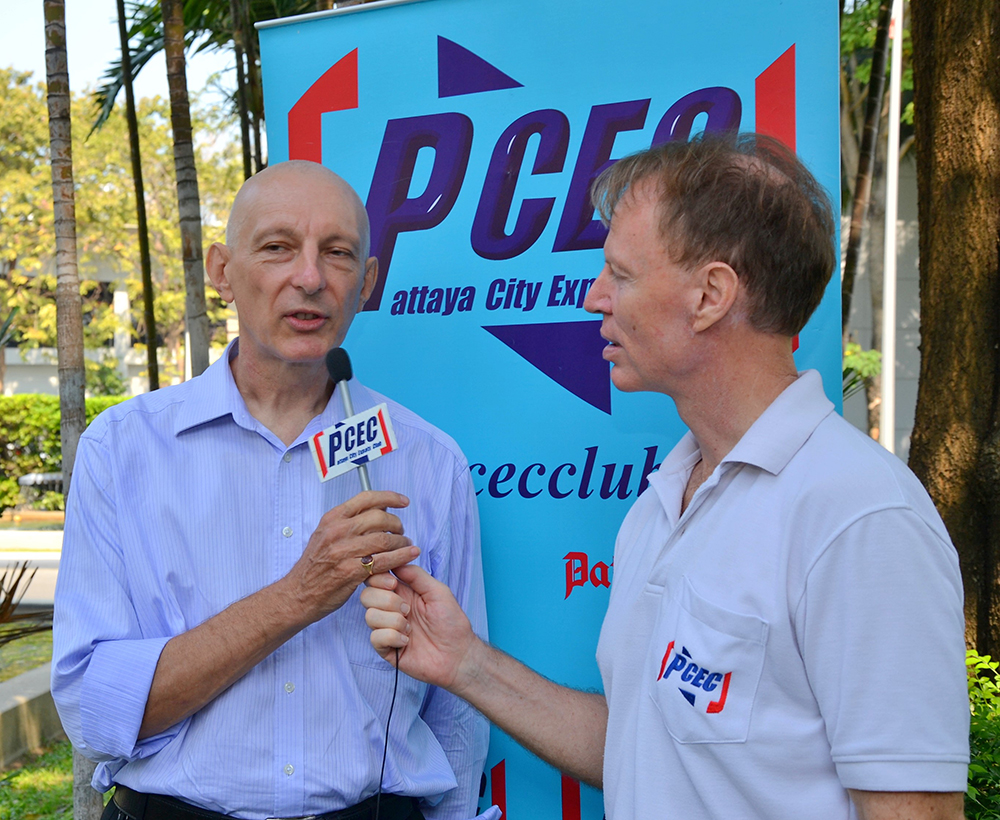
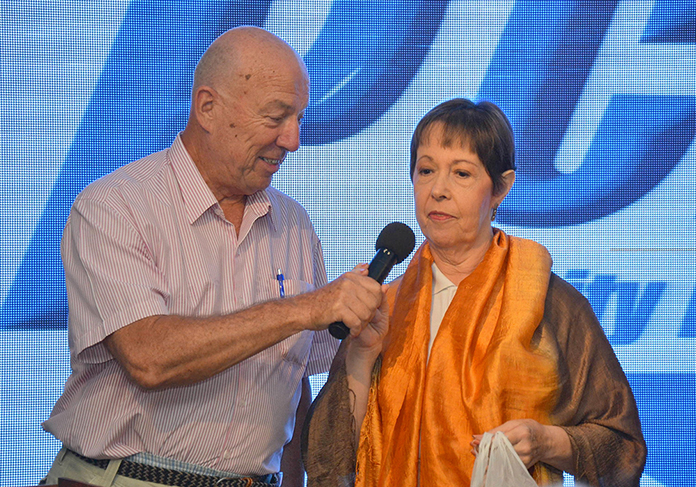
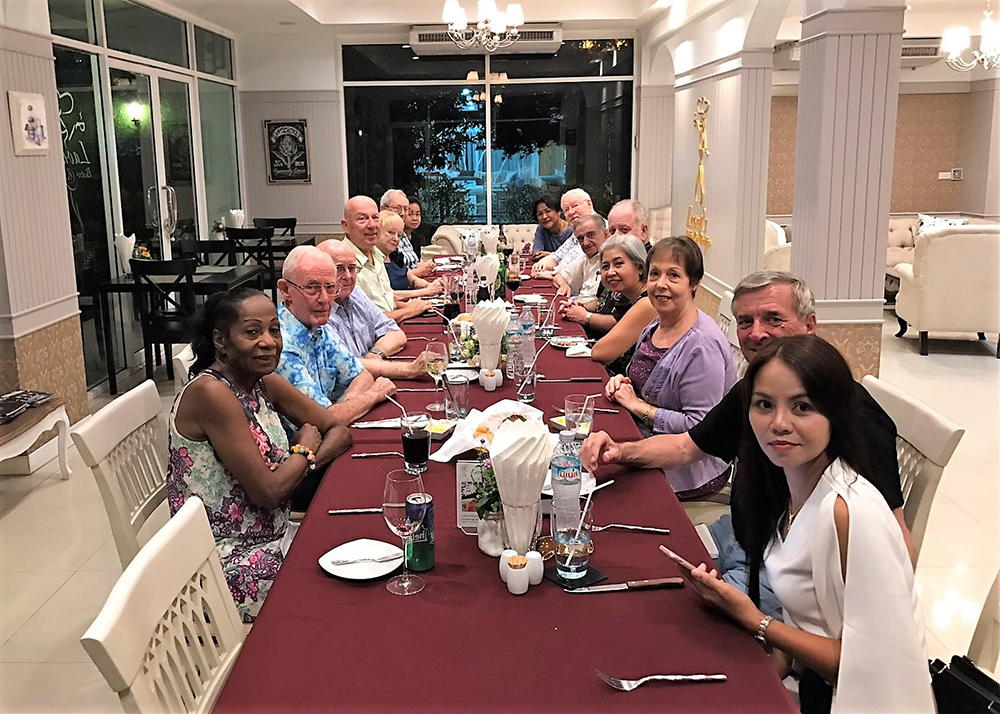
For more information about the PCEC, visit their website at www.pcecclub.org.



